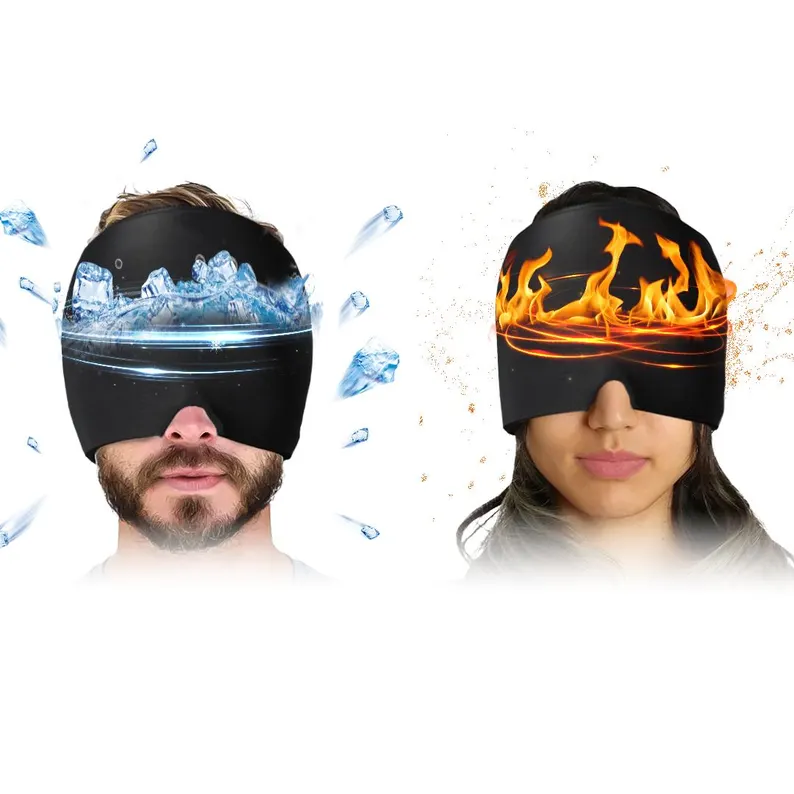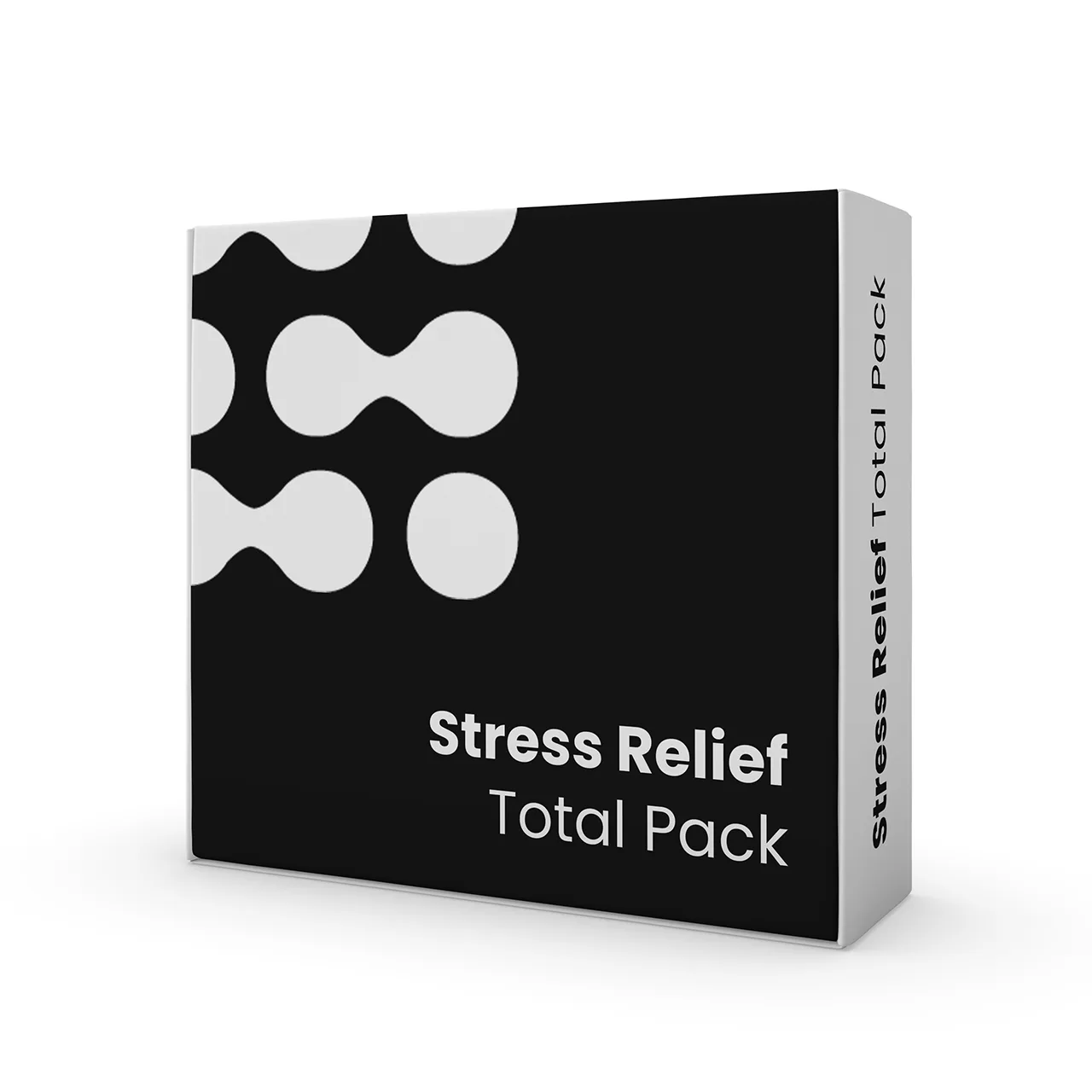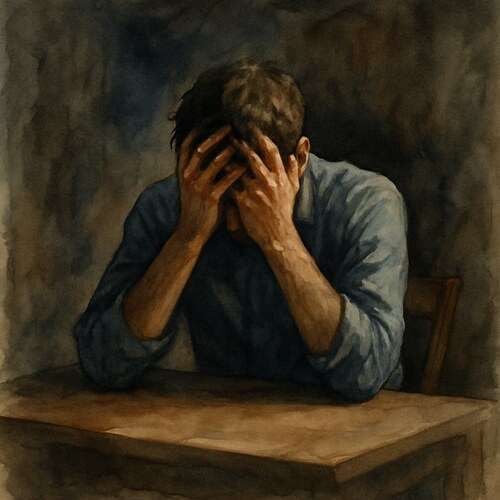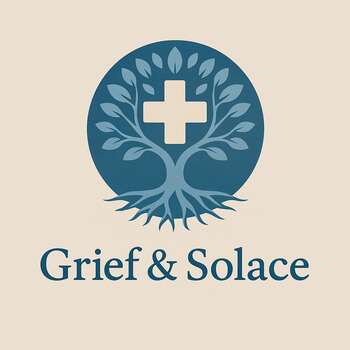Grieving Migraines: When Pain Steals the Days You Were Promised
Grief with migraines builds in silence, watching someone lose hours, days, and dreams to pain no one else can see or truly understand.
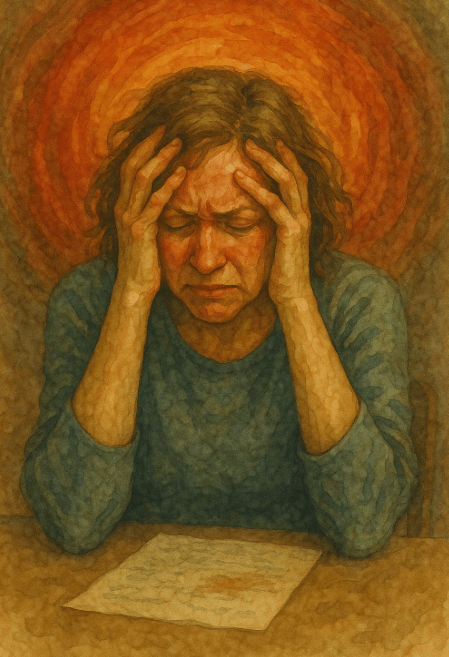
This post blends real grief with grounded knowledge. It isn’t clinical. It isn’t distant. It’s meant to sit beside you—not above you. The story you’ll read is meant to reflect what so many feel when living through or witnessing this condition: confusion, exhaustion, and quiet forms of courage.
If what you read feels familiar, please speak with your doctor. Your pain deserves more than silence.
She Lived in the Dark Long Before the Sun Went Down
She always kept the curtains drawn, regardless of the softness of the day or the gentleness of the light outside. It was her way of staying one step ahead, she said. Long before the pain arrived, she could sense it, a shimmer behind her eyes, a pressure blooming at the base of her skull, and a twinge in her jaw that rang like an unheard alarm.
This wasn’t just any headache; it was a tempest, a neurological upheaval. When it struck, it did more than cause pain…it dismantled her entirely.
I remember the first time I witnessed an attack. In that moment, I felt helpless as she clutched her head, as if it would burst apart. She curled up in the blankets, shutting off all that glowed, flickered, or buzzed around her. I spoke softly, yet even my quiet breaths echoed too loudly in the stillness.
🧠 Symptoms:
prodrome (1–2 days before attack):
– Constipation
– Mood swings (from depression to euphoria)
– Food cravings
– Neck stiffness
– Increased urination
– Fluid retention
– Frequent yawning
aura (optional, precedes or accompanies migraine):
– Visual distortions (flashes, zigzags, blind spots)
– Tingling or numbness (usually on one side)
– Facial or limb weakness
– Speech difficulties
– Symptoms typically build over minutes and last up to an hour
attack_phase:
– Pulsating or throbbing pain (usually one side, sometimes both)
– Lasts 4 to 72 hours if untreated
– Nausea and vomiting
– Sensitivity to light, sound, smell, or touch
– Worsened by movement or physical activity
postdrome (after the attack):
– Fatigue
– Mood changes
– Difficulty concentrating
– Sensitivity to head movement
Over time, we started to recognize the familiar pattern: the aura, flashing lights, zigzags, and that sudden fog that clouded her speech; the full-blown attack, throbbing agony that brought with it nausea, tremors, and desperate pleas for relief; and then came the postdrome, the phase no one ever mentions. This was the migraine hangover where time seemed to slow, and she felt hollow and foreign, as if her own body had forgotten her.
We meticulously noted everything: caffeine intake, hormonal fluctuations, changes in the weather, sleeping habits, and a food journal that resembled a map of her struggles.
Triggers appeared like fleeting specters: sometimes chocolate, often stress, and occasionally nothing at all…just the cruel hand of chance and the relentless tick of a clock inside her head.
The doctors prescribed a range of medications. First, there were pills, then more pills, and eventually new ones when the old ones lost their efficacy. Over time, newer treatments emerged, CGRP blockers and gepants, each unfamiliar term became a fragile hope that we clung to.
Complications:
– Medication overuse headaches
– Chronic migraine development (15+ days/month)
– Stroke (rare but slightly elevated risk)
– Daily life disruption (missed work, school, social isolation)
Risk Factors:
– Family history of migraines
– Age (often begins in adolescence or 20s, peaks in 30s)
– Sex (more common in women)
– Hormonal fluctuations (esp. in women pre-menopause)
Causes:
– Genetic and environmental factors
– Abnormal brain activity involving the trigeminal nerve and neurotransmitters (e.g., serotonin, CGRP)
triggers:
– Hormonal shifts (menstruation, pregnancy, menopause)
– Stress or emotional changes
– Sensory overload (bright lights, strong smells, loud noises)
– Sleep disturbances (too little or too much)
– Alcohol and caffeine
– Physical exertion or sexual activity
– Weather or barometric pressure changes
– Medications (e.g., vasodilators, oral contraceptives)
– Foods (e.g., aged cheese, processed meats, MSG, aspartame)
– Skipping meals
Despite the setbacks, she never ceased her efforts. Even as the migraines wore her down, she continued to show up for life, even when it meant missing birthdays, date nights, and entire weekends swallowed by pain.
She apologized for things she never needed to apologize for, and she felt guilt for her suffering, as if it required external approval.
But I saw her entirely…her strength in silence, the resilience she exuded in each recovery, and how she crafted a life amidst the uncertainty of flare-ups, never knowing when the next would come.
She lived in darkness long before night fell. Yet within that darkness, she carried a light that no pain could extinguish.
It wasn’t the migraine that defined her…it was her remarkable ability to find her way back from the shadows time and time again.
📘 Diagnosis & Treatment
diagnosis:
– Clinical history and neurological evaluation
– MRI or CT scan (if red flags or unusual symptoms)
– No specific test for migraine, but other conditions must be ruled out
treatment:
pain relief (acute/abortive):
– OTC painkillers (ibuprofen, aspirin, acetaminophen)
– Triptans (sumatriptan, rizatriptan)
– Ergots (dihydroergotamine)
– Anti-nausea medications (metoclopramide, prochlorperazine)
– Gepants (ubrogepant, rimegepant)
– Lasmiditan (Reyvow)
– Zavegepant (nasal spray gepant)
– Opioids (rare; last-resort use)
prevention:
– Beta blockers (propranolol, metoprolol)
– Calcium channel blockers (verapamil)
– Antidepressants (amitriptyline)
– Anti-seizure meds (topiramate, valproate)
– Botox injections (for chronic migraines)
– CGRP monoclonal antibodies (Aimovig, Ajovy, Emgality, Vyepti)
– Gepants for prevention (atogepant, rimegepant)
lifestyle and home care:
– Rest in a dark, quiet room
– Cold compress on forehead
– Hydration and caffeine moderation
– Consistent sleep and eating schedules
– Regular aerobic exercise
– Headache journal to identify patterns
alternative and supplemental:
– Acupuncture
– Biofeedback
– Cognitive behavioral therapy (CBT)
– Meditation and yoga
– Magnesium, riboflavin (B-2), CoQ10 supplements
– Feverfew and butterbur (use caution; mixed evidence and safety concerns)
I know this is heavy, and I understand that the road ahead may feel like a tangle of loss and unanswered questions. But please hear this: you are not broken because you are hurting; you are not weak because you are afraid. You are living through something real, and survival itself is a kind of grace. You are allowed to struggle, you are allowed to hope, and you are allowed to not have all the answers today. Whatever comes next, you do not face it empty-handed; you carry every moment of love that shaped you, and that will always be enough to keep going.
🎀 Gifts to help With Migraines
🏥 Everyday Comforts for Everyday Battles
Managing Migraines often means needing a little extra help.
Sometimes it’s about restoring dignity, ease, or simply getting through the day with less pain.
These carefully chosen tools aren’t just items; they’re small bridges back to living.
This section is about finding practical support never shame.
Cold Compression Migraine Cap – Darkness, Pressure, and Relief in One
This full-coverage migraine cap delivers cold therapy and gentle compression across the temples, forehead, and neck—the areas migraines love to torture. Soft, stretchable, and black-out dark, it helps dull the light, quiet the throbbing, and give you space to breathe through the pain. Relief that hugs your head instead of fighting it.
🌿 Paths to Healing Beyond the Map
Sometimes traditional medicine isn’t enough.
If you’re exploring gentle, alternative options to help with Migraines,
you might find comfort in plant-based compounds like **CBD or CBG**.
*This section is not medical advice just a door left open.*
USA Medical Pain + Stress Total Pack – Support When Every Nerve Feels Like a Fuse
Migraines don’t end with pain—they bring fatigue, mood swings, and nervous system crashes. This Total Pack blends CBD, calming herbs, and anti-inflammatory support to help reduce flare intensity and aid recovery after the storm. It’s not a preventative. It’s a calm hand during the aftershock.
Need a Different Path Forward?
Every journey through grief looks different. Choose the next step that speaks to where you are now:
When You're Ready to Start Healing
Healing doesn’t mean forgetting.
It means finding small ways to carry your grief with strength and grace.
These are the stories, tools, and gentle steps to begin walking forward…at your own pace.
When You're Still in the Thick of It
Sometimes healing feels like a lie.
If you’re not ready to move on…if the pain still roars louder than the world wants to hear…this is the place where you’re allowed to feel it.
No sugarcoating. No pretending. Just truth.
When You're Holding on to Who’s Still Here
Grief reminds us to love louder.
If someone you love is still with you, this is your place to celebrate them, honor them, and create new memories while there’s still time.
Joy and sorrow can live side by side.

